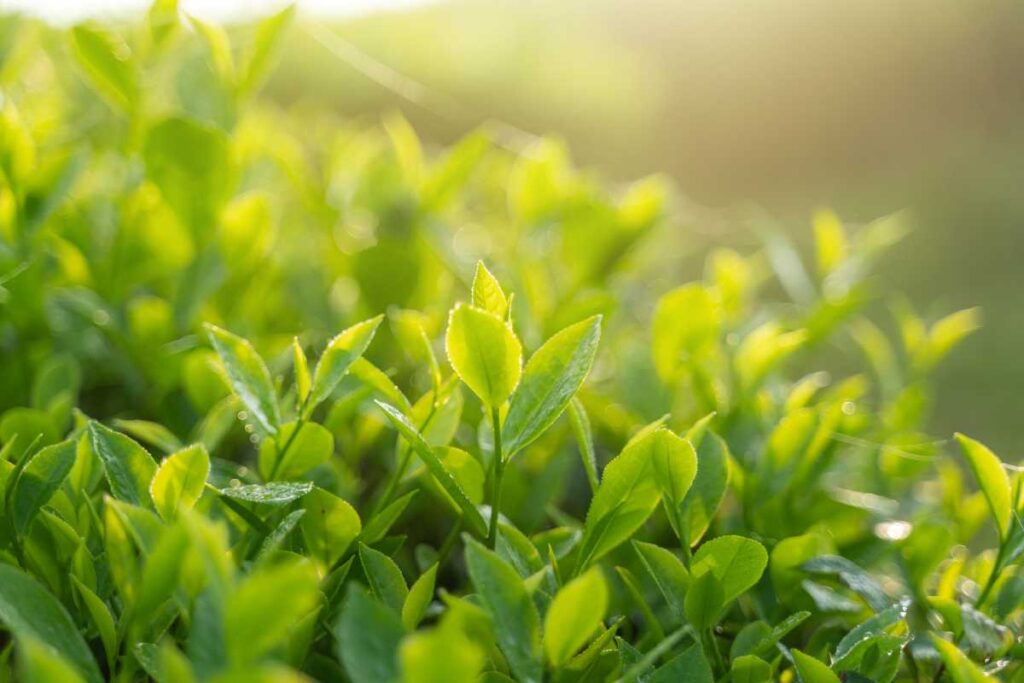Korean Green Tea: A Complete Guide to its Benefits, Types, and Preparation
Green tea has been a popular beverage for centuries and is known for its various health benefits. Among the different varieties of green tea available, Korean green tea stands out for its unique taste, aroma, and therapeutic properties. In this article, we’ll delve into the world of Korean green tea and explore its history, types, benefits, and how to prepare it.
Table of Contents
- History of Korean Green Tea
- Types of Korean Green Tea
- Jeju Island Green Tea
- Boseong Green Tea
- Hadong Green Tea
- Health Benefits of Korean Green Tea
- Rich in Antioxidants
- Promotes Weight Loss
- Boosts Brain Function
- Reduces the Risk of Cardiovascular Diseases
- How to Prepare Korean Green Tea
- Traditional Method
- Modern Method
- Korean Green Tea Culture
- Where to Buy Korean Green Tea
- Frequently Asked Questions
- What is the difference between Korean and Japanese green tea?
- Can I drink Korean green tea every day?
- Can I add sugar or milk to Korean green tea?
- Is Korean green tea suitable for people with caffeine sensitivity?
- How long does Korean green tea last?
History of Korean Green Tea
Green tea cultivation in Korea dates back to the 7th century when tea seeds were brought from China. The first Korean tea plantations were established during the Goryeo Dynasty (918-1392) in Boseong, Hadong, and Jeju Island. During the Joseon Dynasty (1392-1897), tea became a common beverage among the upper class and was served during traditional Korean tea ceremonies.
Types of Korean Green Tea
Korean green tea is mainly classified into three types based on the region of cultivation: Jeju Island, Boseong, and Hadong.
Jeju Island Green Tea
Jeju Island is a volcanic island located off the southern coast of South Korea. The island’s rich soil and clean air provide the perfect environment for growing tea. Jeju Island green tea is known for its delicate flavor and floral aroma.
Boseong Green Tea
Boseong is a county in South Jeolla Province and is the largest producer of green tea in Korea. Boseong green tea is known for its strong, bitter taste and deep green color. It is often used for making tea-infused foods and beverages.
Hadong Green Tea
Hadong is a small town in South Gyeongsang Province and is famous for its tea plantations that are nestled in the mountains. Hadong green tea is known for its sweet and nutty taste and is often used in traditional Korean tea ceremonies.
Health Benefits of Korean Green Tea
Korean green tea is packed with antioxidants, polyphenols, and other essential nutrients that promote good health. Here are some of the health benefits of Korean green tea:
Rich in Antioxidants
Korean green tea is a rich source of antioxidants such as catechins, epigallocatechin gallate (EGCG), and flavonoids. These compounds protect the body from free radical damage and reduce the risk of chronic diseases such as cancer, diabetes, and heart diseases.
Promotes Weight Loss
Korean green tea is known for its metabolism-boosting properties. The catechins and caffeine present in green tea increase the body’s metabolic rate, leading to increased fat burning and weight loss.
Boosts Brain Function
Korean green tea contains L-theanine, an amino acid that promotes relaxation and reduces stress. The combination of caffeine and L-theanine in green tea improves brain function, enhances cognitive performance
Reduces the Risk of Cardiovascular Diseases
Drinking green tea regularly can lower the risk of cardiovascular diseases by reducing blood pressure and cholesterol levels. The antioxidants in green tea also improve blood vessel function and reduce inflammation in the body.
How to Prepare Korean Green Tea
Korean green tea can be prepared using traditional or modern methods. Here’s how:
Traditional Method
- Boil water in a kettle or pot and let it cool for a few minutes.
- Place the loose tea leaves in a teapot or a teacup.
- Pour the hot water over the tea leaves and let it steep for 2-3 minutes.
- Strain the tea and serve hot.
Modern Method
- Place a Korean green tea bag in a cup.
- Boil water in a kettle or pot and let it cool for a few minutes.
- Pour the hot water over the tea bag and let it steep for 2-3 minutes.
- Remove the tea bag and serve hot.
Korean Green Tea Culture
Korean green tea is an important part of Korean culture and is often served during traditional tea ceremonies. The tea ceremony is a ritualistic practice that involves preparing and serving tea to guests. It is a symbol of hospitality, respect, and harmony.
Where to Buy Korean Green Tea
Korean green tea is widely available in Korean supermarkets, online stores, and specialty tea shops. Some of the popular brands include Boseong Tea, Jeju Tea, and Hadong Tea.
Frequently Asked Questions
- What is the difference between Korean and Japanese green tea?
- Korean green tea is less bitter and has a milder flavor than Japanese green tea.
- Can I drink Korean green tea every day?
- Yes, you can drink Korean green tea every day in moderation.
- Can I add sugar or milk to Korean green tea?
- Adding sugar or milk is not recommended as it can alter the taste and health benefits of the tea.
- Is Korean green tea suitable for people with caffeine sensitivity?
- Korean green tea contains caffeine, so it may not be suitable for people with caffeine sensitivity.
- How long does Korean green tea last?
- Korean green tea can last up to 6 months if stored in an airtight container in a cool, dry place.
Conclusion
Korean green tea is a delicious and healthy beverage that has been enjoyed for centuries. It comes in various types, each with its unique taste and aroma. Drinking Korean green tea regularly can provide numerous health benefits, including reduced risk of chronic diseases, weight loss, and improved brain function. Whether you prefer the traditional or modern method of preparation, Korean green tea is easy to make and can be enjoyed anytime. So, why not give it a try and experience the rich flavor and therapeutic properties of Korean green tea?





